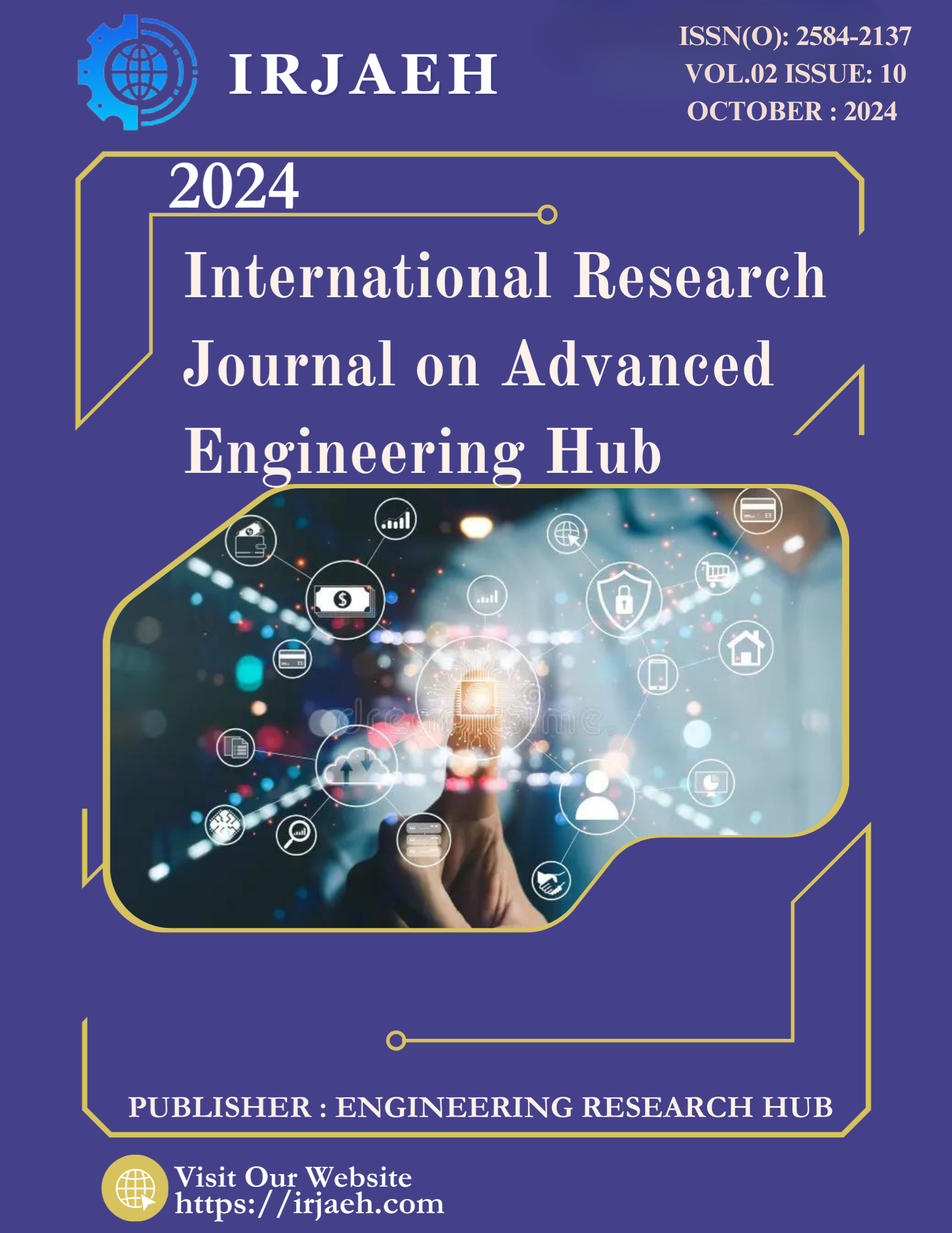Comparative Study of Tube-In-Tube and Bundled Tube System in High Rise Buildings
DOI:
https://doi.org/10.47392/IRJAEH.2024.0344Keywords:
Mode Shapes, Storey Shear, Storey Drift, Storey Displacement, Bundled Tube, Tube in TubeAbstract
This study evaluates the seismic performance of Tube-in-Tube and Bundled Tube structural systems for high-rise buildings, following IS 1893 standards. Key parameters, including storey displacement, drift, and shear, were assessed in Seismic Zones 3 and 5. In Seismic Zone 5, the Bundled Tube system reduces storey displacement by about 33% compared to the Tube-in-Tube system. Similarly, in Seismic Zone 3, displacements are lowered by 21-24%. The Tube-in-Tube system exhibits higher storey drift, particularly in Seismic Zone 5, where the Bundled Tube system offers a remarkable 85% reduction. In Seismic Zone 3, this reduction ranges from 45-50%. In terms of storey shear, the Bundled Tube system consistently outperforms the Tube-in-Tube system, reducing shear forces by 24-30% across both seismic zones. Overall, the Bundled Tube system proves to be more effective under seismic conditions, minimizing displacements, drifts, and shear forces, making it the superior choice for high-rise structures in earthquake-prone regions. This improvement in performance contributes to safer structural designs in compliance with IS 1893 standards.
Downloads
Downloads
Published
Issue
Section
License
Copyright (c) 2024 International Research Journal on Advanced Engineering Hub (IRJAEH)

This work is licensed under a Creative Commons Attribution-NonCommercial 4.0 International License.

 .
. 